The Columbian black‑tailed deer (Odocoileus hemionus columbianus) is a coastal subspecies of mule deer native to the Pacific Northwest. Bucks weigh around 140–200 pounds and do 90–130 pounds, making them smaller and darker than inland mule deer. Their tails are wide and triangular with a dark brown to black top and white underside that is flashed when alarmed. These deer favour the brushy, logged lands and coniferous forests west of the Cascades and are prized by hunters for their wary nature and ability to disappear into thick cover.

Blacktail hunts are usually spot‑and‑stalk affairs in the broken forests and clear‑cuts of western Oregon and Washington. Hunters glass open cuts at dawn and dusk, then quietly slip through timber edges to intercept deer. On quieter days, hunters still‑hunt slowly through dense cover or sit in blinds placed along travel corridors, and rattling antlers can sometimes lure curious bucks. Because these deer rely on dense vegetation for security, scent control, and patience are critical. Archery seasons open in late summer, followed by rifle seasons in early autumn, and success often comes when rains bring bucks out of the thickets.
Columbia blacktail populations are generally stable but depend on early‑successional habitat created by logging and wildfire. State wildlife agencies manage harvest through limited tags and seasonal restrictions, and regulated hunting provides funds for habitat management and research. Predation by mountain lions, habitat loss from urbanisation and hybridisation with mule deer are ongoing concerns. Hunters support conservation by purchasing licenses and participating in habitat projects that maintain the mix of dense cover and open browse patches favoured by blacktails. Because the deer seldom venture far from their home ranges, careful management at the watershed level is essential.
Unlike mule deer, blacktails rarely migrate long distances; most remain within a few hundred acres, utilising dense forest for bedding and clearings for feeding. They are primarily browsers, eating shrubs, berries, acorns and forbs, but will graze on grass in meadows. When alarmed, they raise the white underside of their tail in a “flag” and bound away with a cat‑like gait. Observing blacktails often provides glimpses of other Pacific Northwest wildlife, including Roosevelt elk and black bear, making these hunts a quintessential coastal experience.
Columbia Blacktail Deer can be found in the following location:
Columbia Blacktail Deer has the following variations:
- (Varieties to be confirmed)
Start Your Adventure



